Slice vs. Shank: Tips for Fixing Your Worst Shots
Slice vs. Shank: Learn the Difference, Discover the Cause, and Finally Eliminate These Dreaded Shots from Your Golf Game.
Slice vs. shank: What’s the difference?
A lot of amateur golfers are a little confused on this point. And oftentimes, their golf buddies aren’t that helpful.
You may have had this experience yourself: You hit a bad shot. The golf ball takes off to the right. One buddy says you shanked it, and the other one calls it a slice. You’re not sure which one is right. And because you don’t know whether you’re hitting a slice or a shank, you can’t figure out how to fix it.
I’m going to clear up this issue for you right here, right now. I’ll break down every aspect of the slice vs. shank debate, including:
- Where each type of shot hits on the golf club
- What the ball flight looks like for a slice vs. a shank
- Suggestions for fixing both shots
These points will help you determine whether you struggle with a slice or a shank and—more importantly—clarify how to fix it.
What is a Shank in Golf?
A shank is a golf shot that hits off the hosel of your golf club.
For those who may not know, the hosel sits just behind the heel of the club face. It’s the part of the golf club that connects the clubhead to the shaft.
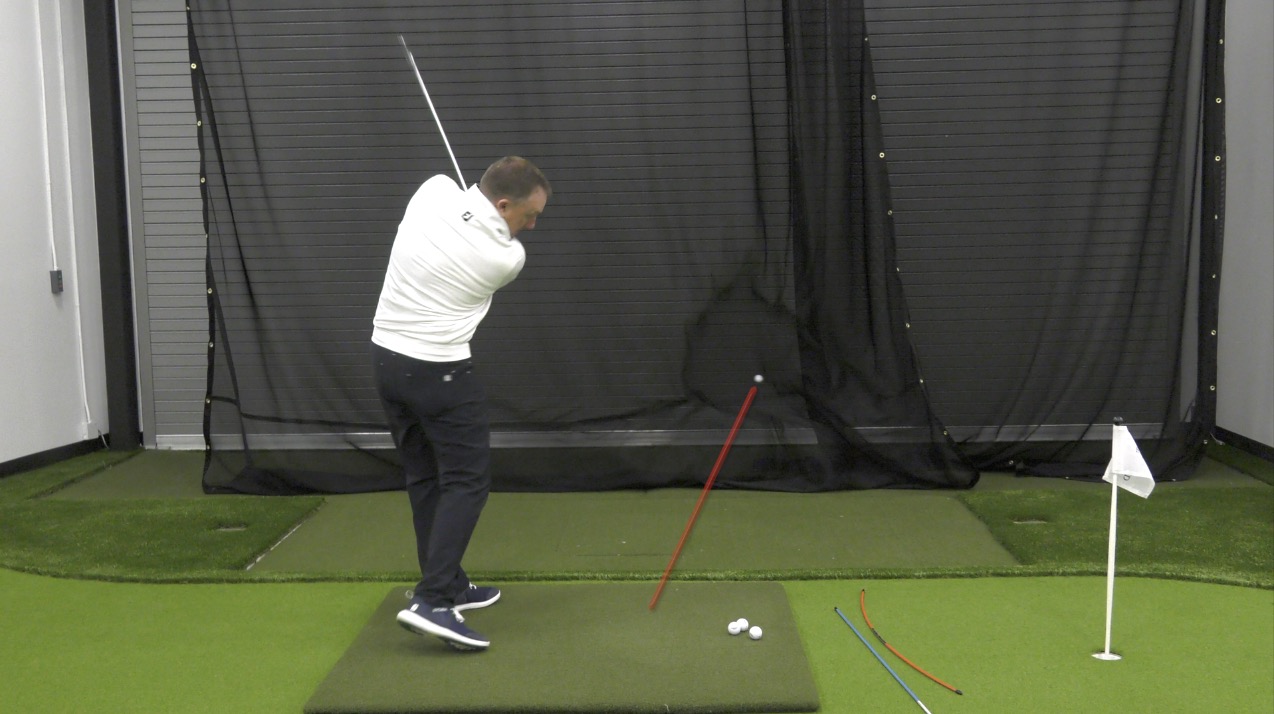
You can recognize a shank both by how it feels and by the ball flight. When you hit the ball off the hosel, your shot feels wrong. It feels off-center. And the ball flies low and very hard to the right (if you’re right-handed).
What’s the Main Cause of a Shank?
What’s interesting about shanking is that it’s a common problem among both high and low handicap golfers. But these two skill levels shank the golf ball for very different reasons.
Most high handicap golfers or people who are new to golf struggle with shanking because their golf swing works out and across. So, at the top of their backswing, when they transition into that downward motion, they allow their hands, arms, and club to work out away from their body. This brings the hosel closer to the ball at address, making the shank almost inevitable.
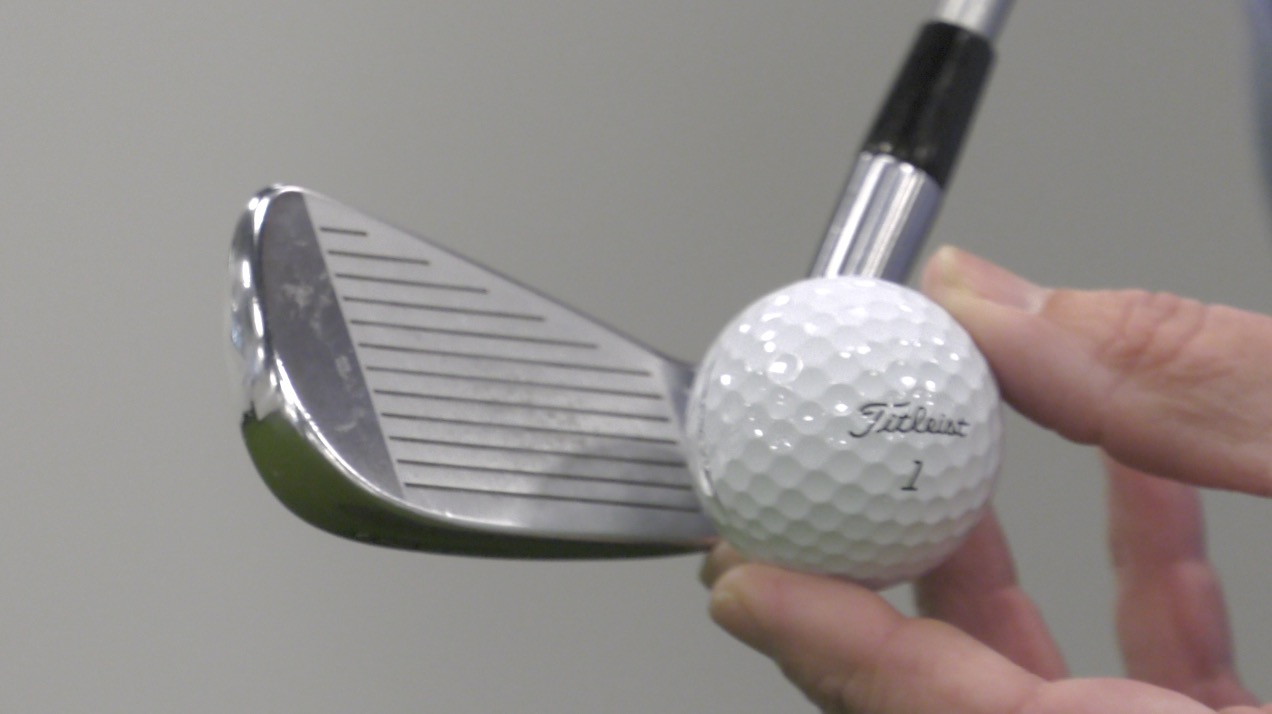
Low handicap golfers, on the other hand, have the opposite problem. As they swing down on the ball, they occasionally make the mistake of bringing the club too far from the inside. This also exposes the heel, leading to a shank shot.
The Difference Between a Slice and a Shank
Now let’s examine slice vs. shank.
Many golfers confuse the two because both shots have one thing in common:
They both throw you way off course with a ball flight that veers to the right. (If you’re left-handed, a slice and a shank both veer to the left.)
Now, as I mentioned above, a shank occurs when you hit the ball off the hosel of your golf club. In a slice, you hit the ball fairly close to the center of the club face. This means that while a shank feels bad from the very beginning, a slice initially feels like a clean, solid shot. It’s only when you see that right-curving trajectory that you realize something went wrong.
There is also a difference in slice vs. shank ball flight. When you shank the ball, it travels low and hard to the right. A slice, on the other hand, has a higher flight and a gradual curve toward the right.
Once you know recognize which of these shots you struggle with more, you can learn how to effectively adjust your game.
What Causes a Slice
We talked about why you might be shanking the ball. Now, let’s talk about what you could be doing to cause that slice.
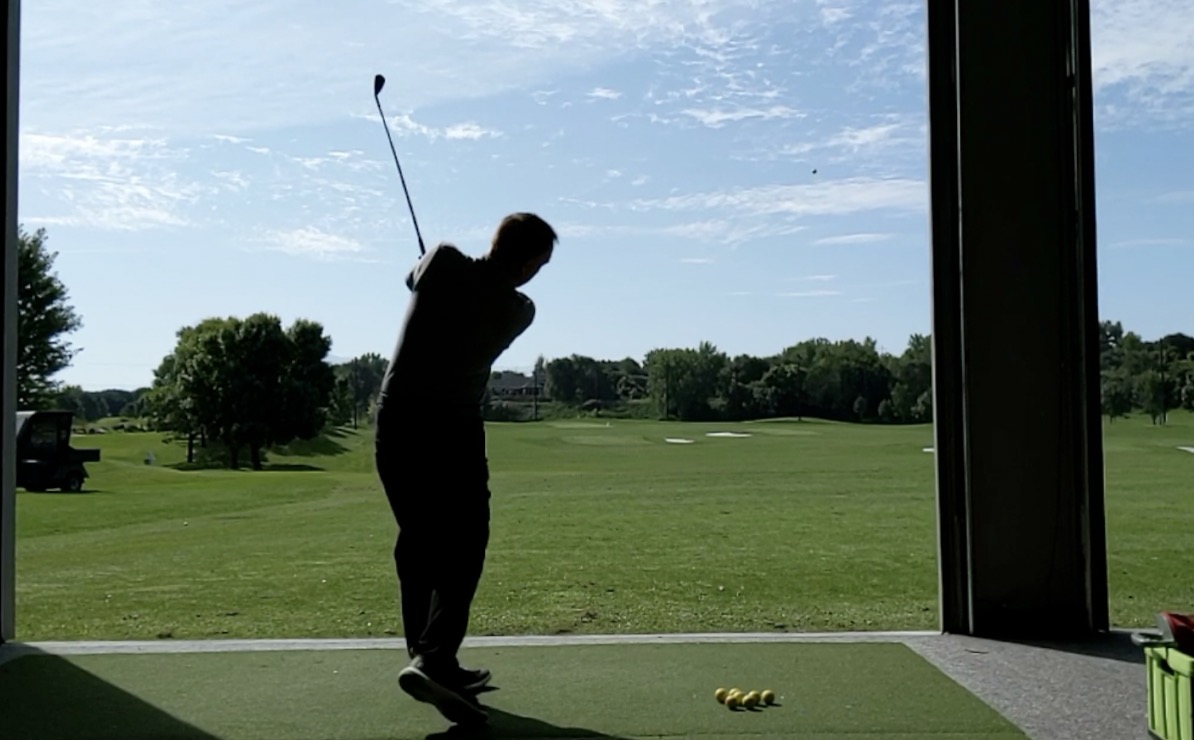
Slicing the ball is a very big topic for us here at USGolfTV, as new technology has revealed many previously unknown insights into what causes this type of shot. If you want to dig deep on the slice, I encourage you to check out some of our other articles on slicing.
For now, I’ll keep it simple. The biggest reason people slice the ball is because they’re delivering an open club face to the ball at impact.
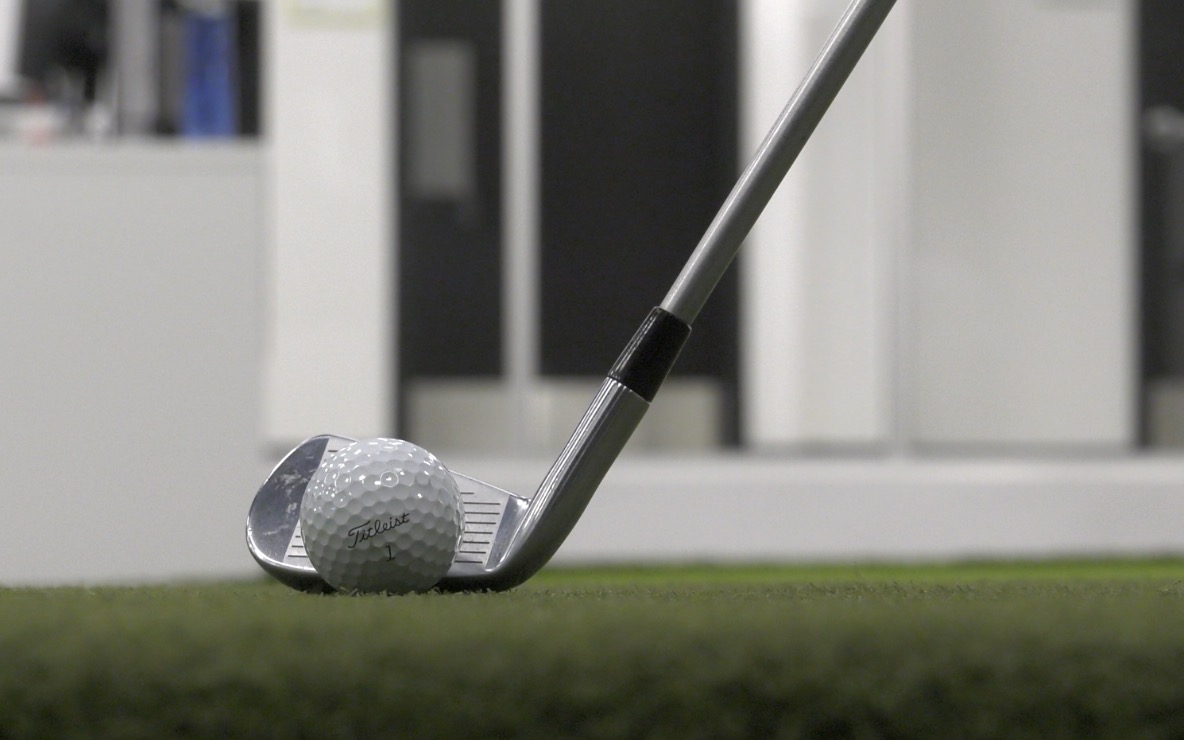
And for most amateur golfers, this problem begins with the takeaway. As they take the club back away from the ball, their hands tend to rise out and away from the body. This forces the clubhead to rotate open.
Now, it’s still possible to open the club face in the takeaway and still manage to hit a nice, straight shot. It’s just unlikely. Once you open the face, you have a lot to do to get it square by the moment of impact.
How to Fix a Slice
Working on the takeaway can do wonders toward eliminating the slice. Here’s how you do that:
- As you take the club back, think about working the handle inward, toward the trail thigh.
- The clubhead should stay out in front.
- Check that the leading edge of the club face is at about a 45-degree angle by the time the club is behind you, parallel to the ground.
With all these elements in place, you have a much better chance of delivering a square club face.
How to Fix a Shank Shot
Now, let’s talk about how to fix the shank.
As I already mentioned in our discussion about the slice vs. shank, a shank occurs when you hit the ball on the hosel. Here’s a simple drill to help high handicap golfers avoid that.
Drill: Right Knee, Right Field
- Take your golf stance.
- Hold the club out behind you, positioning your hands at your right (trail) knee.
- Swing the club through, finishing with the clubhead pointing in the direction of right field (like in baseball). You’re not hitting the ball yet, just getting the motion.
- Repeat a few times to get the motion in your body.
- Take your regular golf shot with the ball.
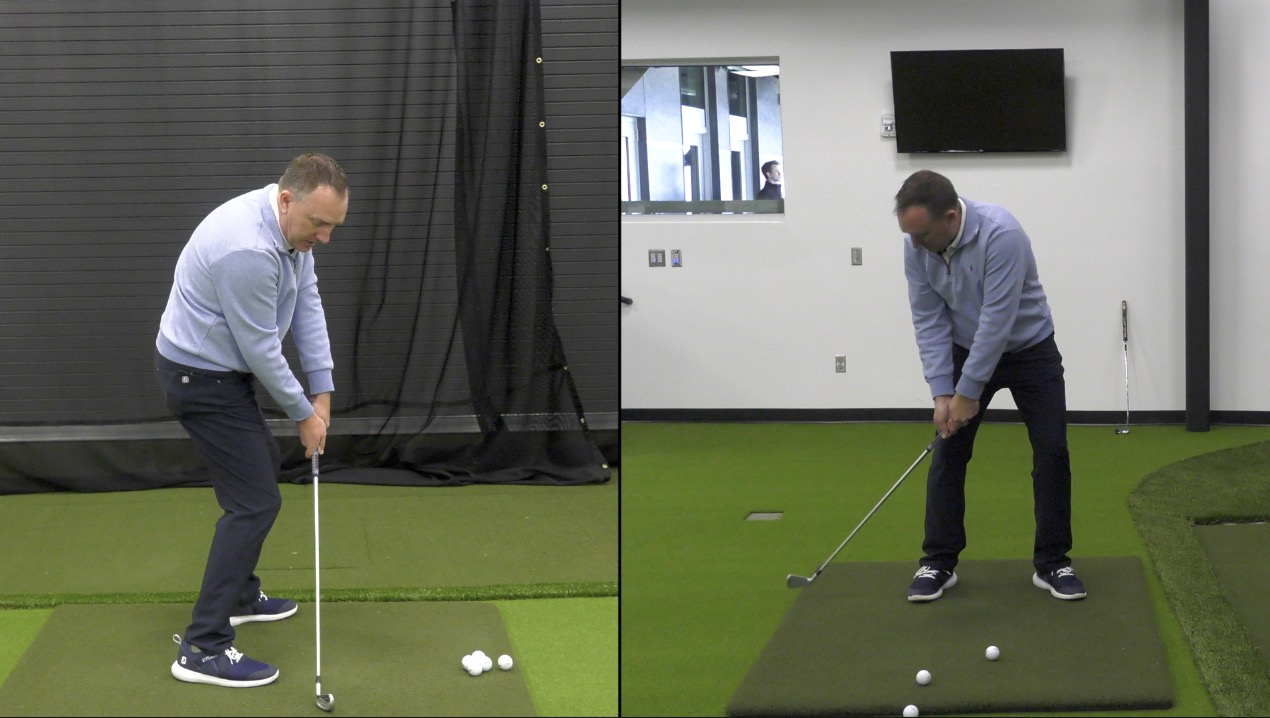
Sometimes I like to do an exaggerated version of this drill, starting with the club on the ground behind me. My hands are still positioned near my trail knee and the club still ends pointed at right field, but I drag the clubhead along the ground instead of swinging through.
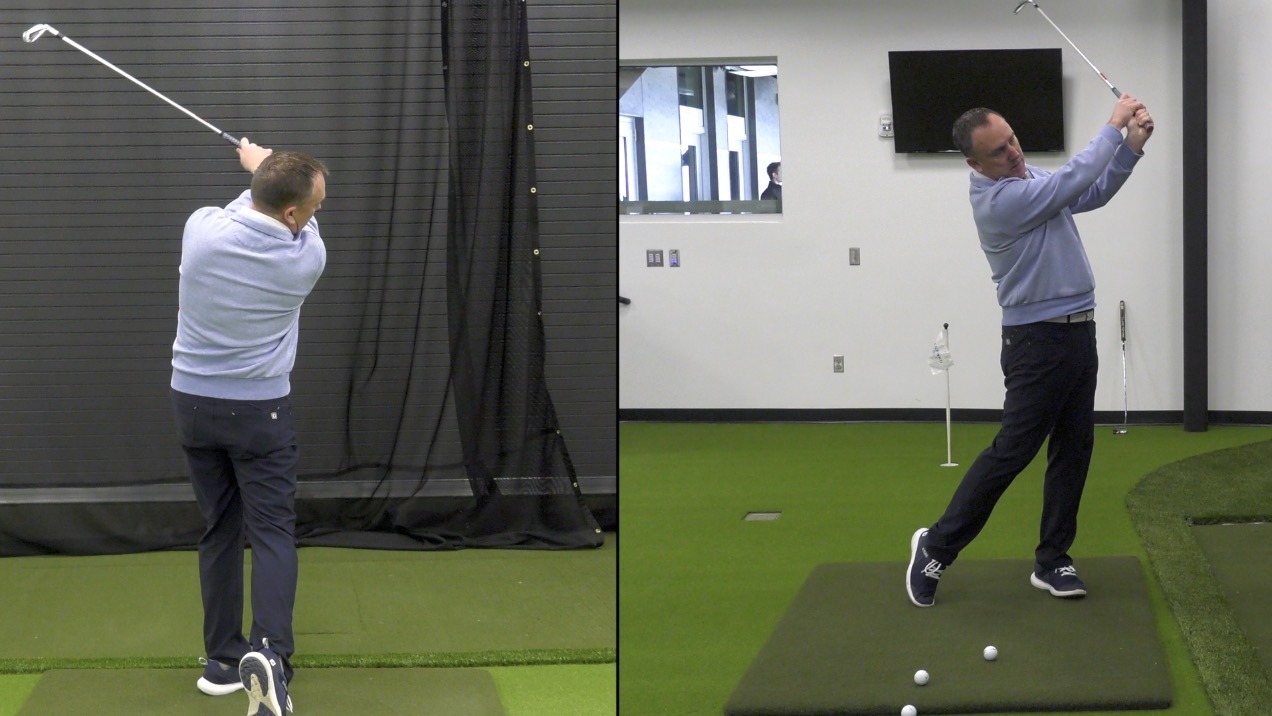
This drill helps you get the feel of swinging from the inside instead of the outside, which influences how you play as you approach the tee. Run it regularly, and that motion will become habit. Before you know it, you’ll have conquered the dreaded shank and you’ll start improving performance on the golf course..
Top Tips for Improving Your Golf Skills
Was this article helpful? Are there any questions we didn’t answer? Join the discussion in the comments and let us know what’s on your mind.
Want to dive deeper into slices and shanks or explore other topics such as short game practice? Browse our articles or check out our YouTube channel. You can find tons of great advice that will help you improve your golf swing, choose the right golf club, and enhance your game.
For more in-depth golf tips, visit us at GreatGolfTipsNow.com. This new video series is completely free and packed with detailed advice to help you play better golf!


Mrbill0858@yahoo.com
I shank any time with any club. In a 18 hole round the shank appears with no warning.
Typically my iron play is very inconsistent. No hooks (draws) no pulls or (slices)
Either straight low flight or the shank.
Can I be helped?
Bill,
Here is another great video that will help https://youtu.be/99rYblWsqrY